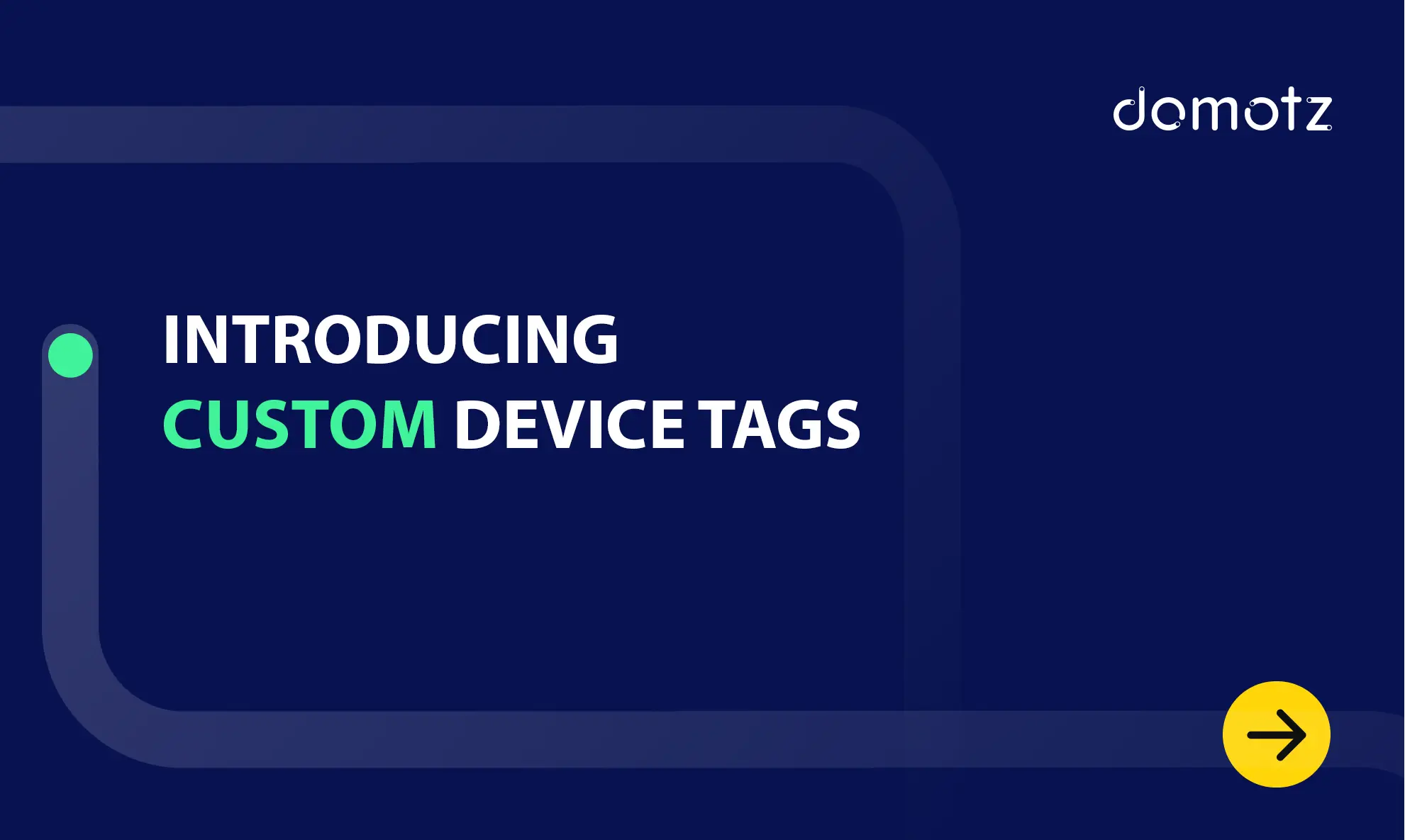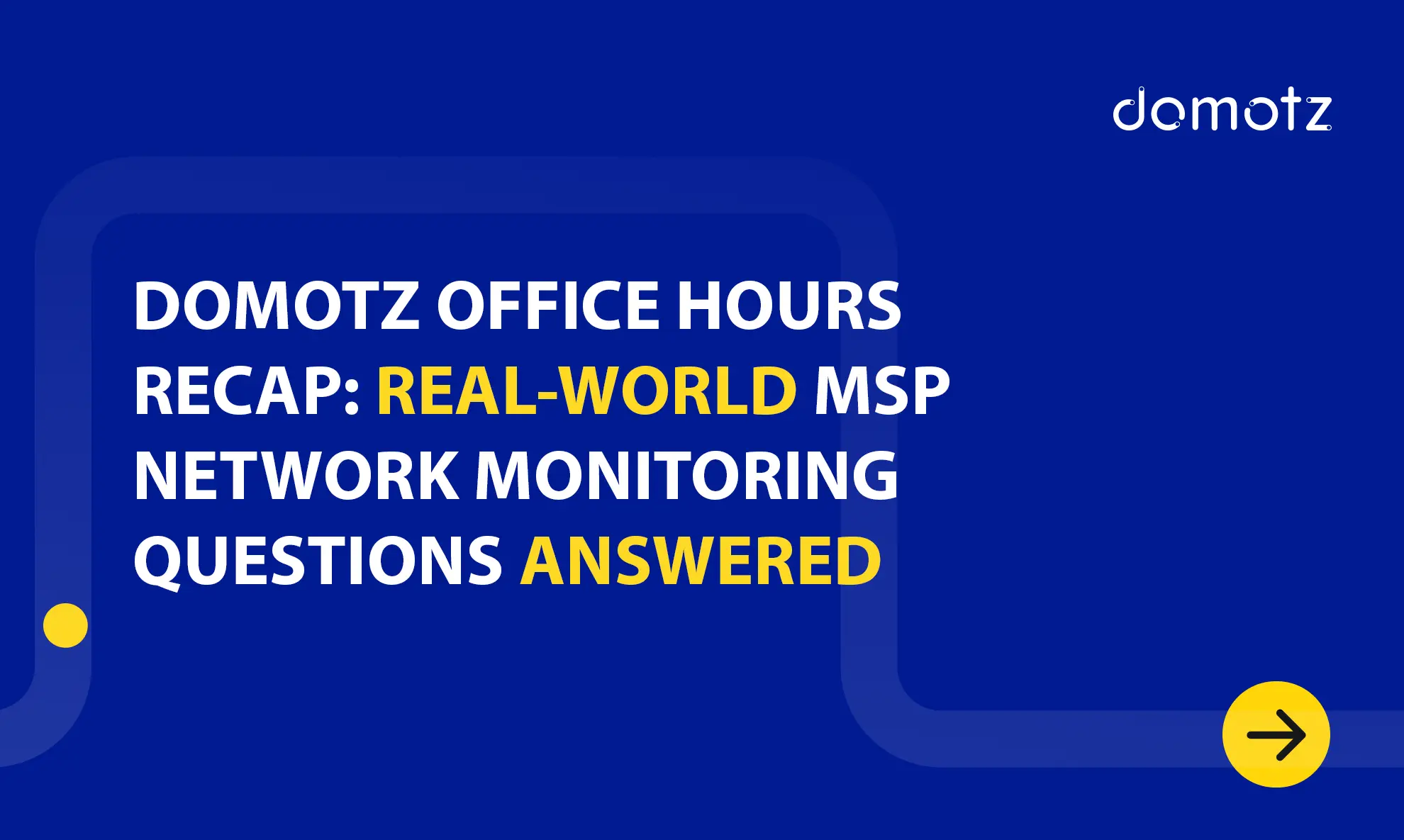Want a glimpse into the future? Look no further than retail technology trends.
Retailers have long been at the forefront of innovation. From e-commerce to digital advertising, they set a clear tone for our daily lives.
Did you know that retail sales jumped 4% in January 2023, smashing expectations despite the inflation increase?
Of course, this doesn’t just happen by magic. There are countless stories of retailers making gambles on technology which fall short.
So how can retailers maximize their use of technology and, at the same time, keep customers happier?
Here are three retail technology trends changing the sector:
#1 Tech Modernization
Technology is crucial for every retailer. It can make the shopping experience more personalized and efficient. A positive customer experience depends on how smoothly technology makes the buying process.
However, having the right technology in place is not enough to satisfy shoppers. Today’s consumers always want more. They are rethinking how they interact with brands. In a world of broader options and instant digital gratification, the old market segments just don’t cut it. In other words, shoppers know they have more freedom of choice than ever and are ready to use it.
After all, businesses from all industries are modernizing and increasing their innovation. In retail, no amount of loyalty can overcome this natural progression. As a result, retailers need to modernize not only their tools but also how they utilize them.
In most cases, this means splitting up apps and platforms. Modular, flexible, and modern microservices architectures put retailers on a better footing to adapt.
Such agility is a must.
After all, consumer opinions can change on a whim. Global events like pandemics can also reshape shopping habits overnight. Flexibility will be even more critical for retailers going forward. More than ever, technology and tech modernization will be the key to success.
Using information technology to upgrade existing products and services is a good start to start with digital transformation. However, it only gets you part way there.
True success demands sustainability.
Digital transformation improvements have to continually drive revenue, not just provide temporary cash flow injections. To achieve this goal, you must keep a watchful eye on the systems and software powering your business operations. Choose the right partners to help you along the process. Don’t forget to consider potential security issues when implementing digital transformation in your business.
“The advance of technology is based on making it fit in so that you don’t really even notice it, so it’s part of everyday life.”
Bill Gates, Co-founder of Microsoft
Find what technologies your retail business need. You might use technology such as computers, barcode scanners, mobile payment, mobile ordering, and cash registers. Other stores may need to use more sophisticated technology such as in-store shopping apps, or mobile loyalty and rewards cards. Many retailers invest a lot in in-store promotions and shopping discounts as well as. customer relationship management systems.
Read more on retail digital transformation at Gartner’s top trends in retail digital transformation and innovation report.
#2 Inventory Management Automation
Supply chains are infinitely more complex than before. This isn’t just because digital commerce makes it possible to work with a wider variety of global partners. Consumers also want something better: faster deliveries, responsibly sourced products, and flawless customer service.
Data-aware automation is the only way to satisfy these demands. Why? You can only prove your manufacturing is green with fine-grained process feedback. You’ll need extensive tracking systems to provide last-mile notifications. Without omnichannel ticket-handling integrations, you’ll never achieve the holy grail of white-glove customer service.
All of these tasks demand mountains of data and constant, 24/7 awareness. In other words, they’re impossible for even the most capable humans. Thus, you need to look for the right automation processes and tools to adopt in your business.
For example, inventory management automation is a must for a retail business. If you rely on an automatic inventory management tool, you can instantly update digital stores, so they never have to cancel customer orders. They can update shoppers when their goods arrive to eliminate frustration. When things go wrong, they have paper trails that help them provide more accurate answers and quicker solutions.
As supply chains grow, it gets harder to follow the threads. It’s essential that you can pick up the narrative at any point. You must also learn from all the data your processes generate – no blind spots.
Retail inventory solutions fit the bill perfectly. It helps you keep an accurate count of stock levels. It lets you decide how to meaningfully automate your supply chain on demand and expand your horizons for comprehensive feedback.
#3 Datafication
This definitely deserves a topic of its own. Datafication entails using technological advances to improve user journeys and enhance customer experiences. It’s crucial to modern retail.
Make no mistake: datafication closely relates to modernization and automation. At the same time, it’s a separate concern. Think of it as a distinct layer on top of the other trends.
Instead of just looking at specific systems or processes, the goal is to reveal the greater business impacts. By zooming out on the big picture, retailers discover how different elements work together to foster success.
Once again, monitoring is essential. Ideally, you’ll use retail management software and a cloud-based network monitoring platform that works independently of your software, hardware, and business processes.
Why build a system that focuses solely on monitoring? By keeping monitoring separate and using well-defined protocols, you generate more meaningful analytics data. In addition, by using a network monitoring tool, you commit to integration. You can use your monitoring and management software with the tools you already use for a more accurate overall perspective.
Read more below about how network monitoring can help the retail sector.
How to maximize the retail technology experience with Domotz
Domotz can help the retail sector by providing proactive monitoring of multiple locations all over the world. It simplifies monitoring to link you with process data from anywhere.
To be more specific, our network monitoring system can help you with:
Full network visibility for retail technology monitoring
Take advantage of a quick and easy view across all sites, so you can respond to issues with speed and relevance. Use the Domotz customizes monitoring dashboards to keep critical information under control.
Quick example: Say you manage numerous locations around the globe. Say you identify that sales are not going well in one of your locations and that’s unusual.
In this case, you have to check so many things to find the issue. It can be that your POS misses connection or your in-store signage is not working. Even issues that don’t impact your sales directly such as unified communications, or security camera monitoring.
With Domotz, you can quickly identify connection delays or packet losses by simply opening your monitoring table. Group or sort by RTD and discover the slowest sites so you can investigate and troubleshoot remotely.
Proactive monitoring through alerts
Watch KPIs like device response time to secure your data better and improve customer satisfaction. Configure alerts to receive notifications if an event occurs to improve security.
Quick example: Say you have recently opened a new retail shop. Obviously, you want to ensure the in-store shopping experience is reliable and everything works smoothly. So it’s one of your first days when you expect to receive a lot of clients for the opening and a customer goes to check out and the POS is not working.
Don’t let this happen! Know in advance if retail technology is down.
With Domotz, you get a simple way to periodically ping every single device and receive notifications if something goes wrong. We’ll tell you more, using the device response time feature, Domotz will help you understand if the issue is in the internal LAN or on the WAN connecting the remote site.
Identify trends and patterns to follow retail technology trends
Having thousands of sites to manage isn’t an easy task. It includes not only different locations worldwide but also different types of stores and customer needs. The customer-facing benefits of a retail modernization effort have their roots in data.
With Domotz, it’s easy to identify trends and patterns as they unfold. You can simply open your monitoring dashboards to detect issues rapidly. This way, you can prevent real problems and keep things running smoothly – even halfway around the world.
The pace of retail technology won’t wait for you to catch up, and neither will consumers. Step up to demand with monitoring that lets you refine your essential business processes and evolve fluidly.
Further reading:
- MSP Profitability tips
- Awarded software for network monitoring and management
- Top 5 benefits of network monitoring
- Reasons to choose Domotz for network monitoring



